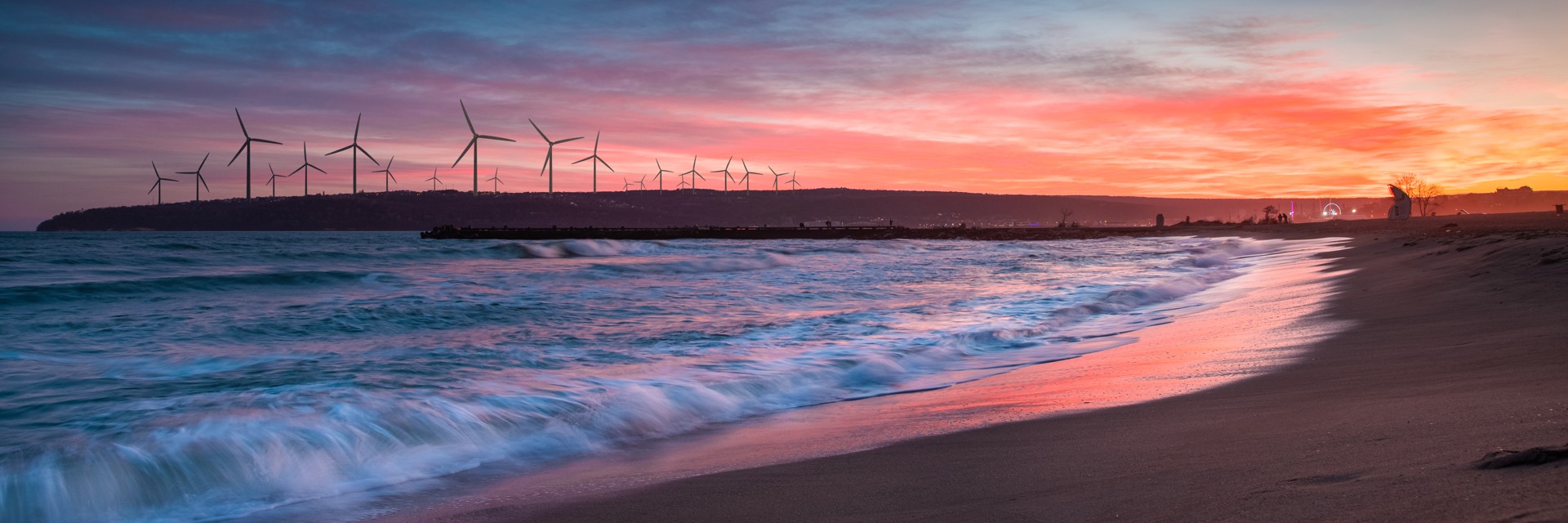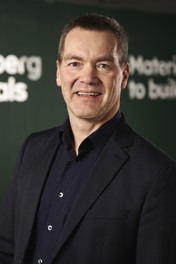A sustainable foundation for offshore wind power
Large concrete structures have become symbols of the prosperity and financial strength of our nation. Now, a new era is here: this time, it is green energy that needs to be obtained, and new concrete structures can again become symbols of the upcoming transition.
However, there is a significant difference between the structures needed for floating wind turbines compared to the old giants: the steel reinforcement and concrete will have a much lower carbon footprint.
Norwegian concrete technology is world-class, much thanks to the foundation laid with the Condeep platforms. These were structures that the world had never seen before, and which made it possible to extract oil and gas from ever greater depths. However, in recent decades, concrete technology has been more land-based, and with increasing attention to the environment and climate, concrete with lower and lower carbon footprints has been developed.
The reinforcing steel that interacts with the concrete, produced from renewable hydropower with recycled scrap steel as raw material, already has the lowest CO2 footprint in Europe. In the next phase, green hydrogen will further cut emissions from the process, and the carbon footprint of the concrete structures that the reinforcement is part of will be further reduced.
We can demonstrate that buildings and infrastructure now have a lower carbon footprint thanks, among other things, to standardized low-carbon concrete and renewable reinforcement steel based on 100 percent recycled scrap iron. These are elementary building materials used in most buildings.
And the development continues. In a couple of years, the carbon capture plant at Heidelberg Materials Cement in Brevik - the first full-scale capture plant in the cement industry - will contribute to a lowering a new chunk of the carbon footprint of concrete.
This is a development that gives us a climate advantage that we can exploit now that there is a need to develop offshore wind power on the Norwegian continental shelf. Large amounts of materials are needed to build a strong and stable supporting structure when on top of this, a wind turbine with rotor blades well over 100 meters long is to be placed. And all of this is placed in rough surroundings at sea and in deeper waters than what has been developed so far.
Those who will build the floating offshore wind structures must have access to high-quality building materials that can be delivered predictably. All the sub-materials for a floating concrete structure can be produced in Norway, whether it is cement or reinforcement steel or high-quality crushed rock and sand. Industrial enterprises are investing heavily in reducing greenhouse gas emissions. If other actors are to follow suit, we must show that it pays off to invest in the environment. Therefore, the choice of material for floating offshore wind becomes an important signal.
Using concrete and reinforcement steel as building materials will contribute to a large part of the value creation taking place domestically. It will contribute to increased sustainable development of our existing industry - and provide a foundation for offshore wind as a significant production form for renewable energy.
/Vetle Houg, Sustainability Manager, Heidelberg Materials and Espen Marthinsen, CEO Celsa Steel Service Norway.


